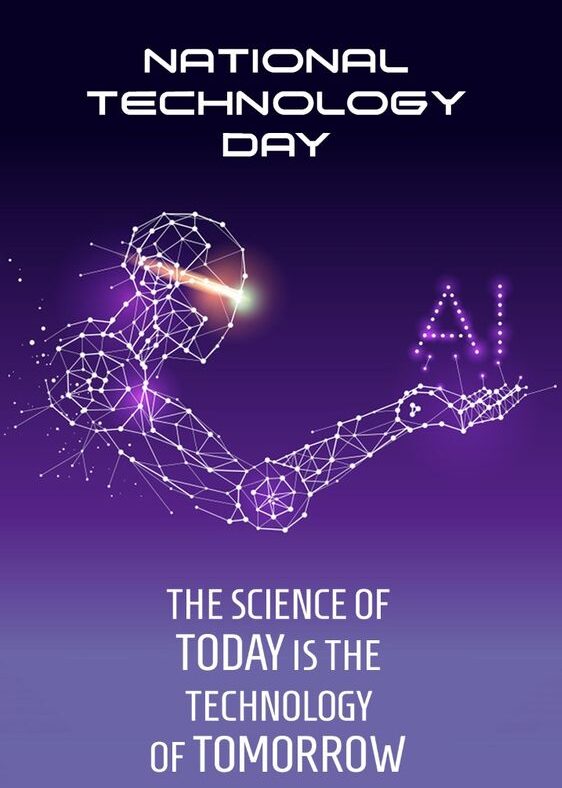What is the Future of Machine Learning: Buckle Up, It’s Going to Be a Wild Ride!
Machine learning (ML) is no longer science fiction. It’s revolutionizing everything from your Netflix recommendations to the way doctors diagnose diseases. But what’s next for this powerful technology? Buckle up, because the future of machine learning is about to get wild!
Seeing Through the Black Box: The Rise of Explainable AI (XAI)
Imagine an ML model that predicts you have a high risk of a certain disease. Scary, right? But what if you could understand why the model made that prediction? That’s where Explainable AI (XAI) comes in.
XAI techniques are like opening the hood of an ML model, allowing us to see how it arrives at its decisions. This transparency is crucial for building trust and ensuring fairness in AI systems.
In the future, XAI will be a game-changer. Doctors can verify the reasoning behind an ML-based diagnosis, and businesses can ensure their algorithms aren’t biased against certain demographics. Here are some specific XAI techniques that can be employed:
- Feature Importance: Identifying which features in the data had the most significant impact on the model’s prediction.
- LIME (Local Interpretable Model-agnostic Explanations): Explaining individual predictions by approximating the model’s behavior around a specific data point.
- SHAP (SHapley Additive exPlanations): A method for attributing prediction outcomes to different features in the model.
By implementing XAI techniques, we can build trust in machine learning models and ensure they are used responsibly.
AutoML: Machine Learning for Everyone
Building and training ML models used to require a Ph.D. in data science. But the future is all about AutoML (Automated Machine Learning). Think of it as training wheels for the world of ML.
AutoML tools automate tasks like data cleaning and model selection, making ML accessible to a wider range of people. This means businesses of all sizes and individuals with no coding experience can leverage the power of ML.
Imagine a small marketing team using AutoML to create a customer segmentation model, allowing them to target their campaigns more effectively.
Taking AI to the Edge: Processing Power at the Speed of Need
Traditionally, ML models lived in giant data centers far, far away. But the future is about bringing the intelligence to the edge of the network, closer to where the data is generated.
This approach, called edge computing, offers several benefits:
- Faster Decisions: No more waiting for data to travel to the cloud. Edge processing allows for real-time decision-making.
- Less Data Traffic: Processing data locally reduces the amount of information that needs to be sent to the cloud, saving bandwidth and money.
- Enhanced Privacy: Sensitive data can be processed on the device itself, potentially improving privacy and security.
Imagine a self-driving car making split-second decisions based on real-time sensor data processed directly on the car, not in a distant server. Talk about lightning-fast reflexes!
Humans and Machines: A Powerful Partnership
While ML is great at crunching data, it lacks human creativity and judgment. The future of machine learning isn’t about robots taking over, but about humans and machines working together.
Imagine a doctor using an ML-powered tool to analyze patient data. The model can identify potential issues and suggest treatment options, but the final decisions and patient care remain in the hands of the doctor. This collaboration leverages the strengths of both humans and machines for better outcomes.
The Road Ahead: Challenges and Opportunities
The future of machine learning is bright, but there are challenges to address:
-
Ethical Considerations: Ensuring ML models are unbiased and don’t discriminate against certain groups is crucial. This requires careful data selection and ongoing monitoring of model outputs. Techniques like fairness-aware model training and algorithmic bias detection will be essential to ensure responsible AI development.
-
Security Concerns: As ML becomes more powerful, so do the potential security risks. Malicious actors could exploit vulnerabilities in ML models to manipulate outcomes or steal sensitive data. Robust security measures and ongoing vigilance will be necessary to mitigate these risks.
-
Job Displacement: Automation through ML might lead to job losses in some sectors, particularly those involving repetitive tasks. However, it will also create new opportunities in others. Focus on retraining and upskilling the workforce will be crucial to ensure a smooth


